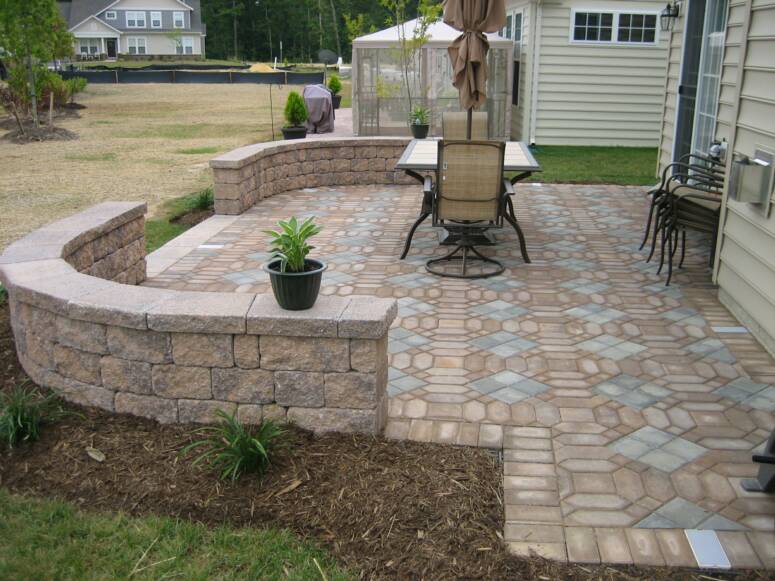10 Things Everyone Hates About Montclair painters
Hardscape 101: Design Guides
If you're creating a new outdoor space (or upgrading the hardscape you already have), we'll help assist you, from beginning to end.
Start by dreaming big-- you can control your wildest ideas later, if need be. Make a list (even if it's a mile long) of everything you desire in your landscape: deck, outdoor patio, swimming pool, outdoor kitchen, edible garden, outdoor shower. Then use our Design Guides to assist you separate the musts from the maybes.
Pore over our Hardscape 101 style guides to see countless images of garden areas to find what you enjoy, with an eye to style, colors, materials, and furnishings. You'll see certain themes emerge-- and then you'll be prepared to set a budget plan.
Where to spend lavishly and where to save? Some things worth spending on: a master strategy, masonry to provide your garden good bones, quality materials to stand up to the components, personal privacy, and workmanship. Ways to conserve: usage gravel instead of pavers on paths, recycle existing materials (bricks, stone, pickets), purchaser smaller sized plants, and use mix-and-match furnishings.
Little information can have big effect in a landscape. Make sure Montclair hardscaping ideas hardscape products-- stone, pavers, concrete, gravel, wood, paint, hardware-- all collaborate, and likewise complement your house's architectural style.
In our Hardscape 101 Montclair Hardscaping design guides, it's our objective to demystify garden style. And remember: it doesn't matter if you're a very first timer or a master gardener: you can do this.
Hardscaping 101: Decks & Patios
Think about a deck or patio area as an instantaneous additional space. Absolutely nothing will expand your living space faster.
The distinction in between a deck and a patio? An outdoor patio is developed at ground level, on a flat surface area, and typically is built of a "permanent" material such as stone pavers, brick, or poured concrete. A deck floats in the air, supported by footings, at a height of anywhere from a couple of inches to many feet and can be developed on an existing slope.
Deck frames generally are constructed of wood or steel supports. Deck flooring options consist of natural wood, composite materials, bamboo, and pressure-treated lumber. http://www.bbc.co.uk/search?q=Montclair Hardscaping For an introduction on options (and their costs) see Everything You Need to Understand About Decking Products.
For more benefits and drawbacks, read our Hardscaping 101 guides on bluestone, brick, wood deck tiles, stone deck tiles, broken down granite, and concrete (pre-cast and poured-in-place) to determine which decking material or pavers to utilize for your deck or outdoor patio.
Hardscaping 101: Driveways

Driveways typically get considered granted. They should have much better. When it comes to creating curb appeal, the entry road that connects a house to the public thoroughfare is typically a house's most prominent hardscape feature.
" An attractive driveway will increase resale value if a homeowner ever wishes to offer-- and in the meantime will welcome you house every day," composes our contributor Kier Holmes.
Are you designing a brand-new driveway? Step one: Style and function must wed. To set out a driveway, start by studying the shape and contour of the land. How huge is your residential or commercial property? Are there dips and slopes to browse between the public roadway and your house? Think about the number of parked lorries you will desire a driveway to accommodate and whether you will need to allocate square video footage for a garage.
Your driveway's style will depend on its size, shape, and the product you use to pave it. If you live on a busy street, consider a horseshoe driveway to make it much easier to take out into traffic. If your home is set back from the roadway, think about a curving driveway to produce a country-lane result. On a smaller sized lot, a simple, straight driveway sited on the edge of the residential or commercial property may be the best choice.
The product you choose to surface a driveway needs to complement the architectural style of your home. Pavers, gravel, lawn block pavers, asphalt, and poured-in-place concrete are all common choices. Which is the very best option for your climate and surface? Keep reading:
